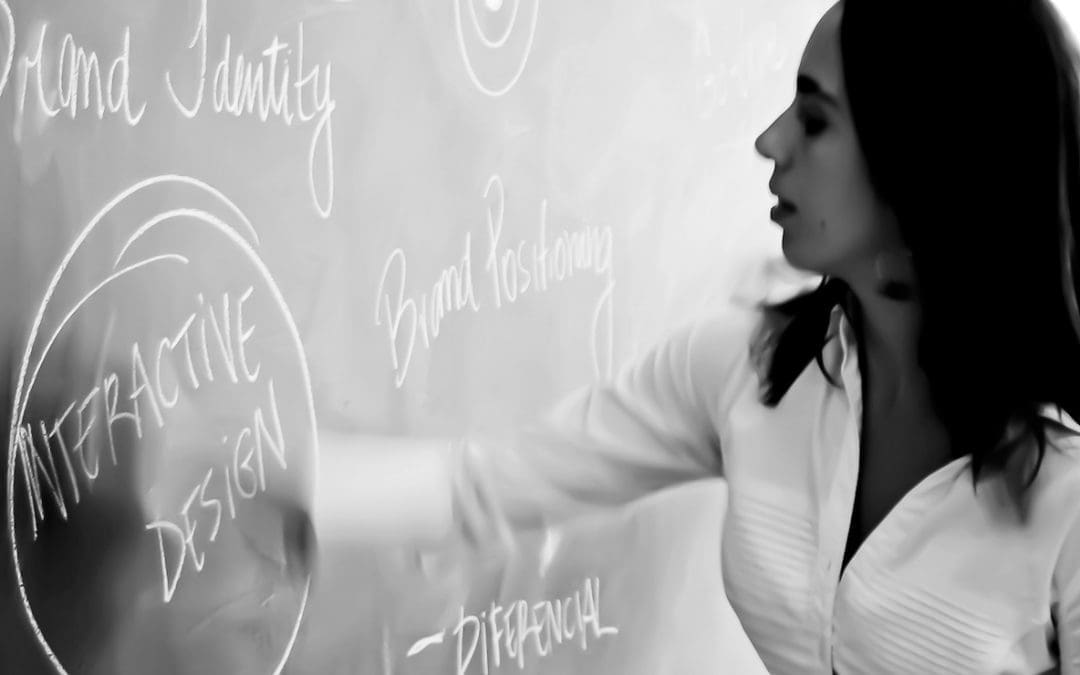Bend Oregon Website Designers on What Makes a Good Web Design
Have you ever wondered why you find some brands inspiring? Or why you’re compelled to call the number on a website or use its contact form to get in touch? While it may appear to be a factor of good web design or maybe of the code used to build the website, what if it was a nothing more than a feeling? What if that website designer was targeting your personality, your attitude or your visual preference through the use of color, texture or imagery to elicit a response from you? A few of our Bend Oregon website designers at the agency chime in.
As users of the internet, yet foremost, as people, we seek out things such as products or service providers that are friendly, helpful and can meet our needs. But we also seek out products or services that we find a connection with. In the world of web design, this would refer to user experience or human-centered design. What do we as people want, and how do we emotionally react when we experience those things on the internet? Let’s talk first about personality.
Personality
Relationships are formed around personalities, commonalities and traits. There are personality traits that play a huge factor in bringing people together based on needs, wants and interests. We use our personalities to express our emotions and to find common ground with others. We’ve all experienced at some point how we’re gravitated to another personality. How those traits are compelling enough for us to form a relationship or keep one together for life. As designers of things, such as websites or other forms of communication, we understand there are benefits to using personality in design.
A few of my favorites:
1. Personality helps you be distinct.
2. Personality helps form an emotional connection which in turn forms relationships.
3. Personality helps bring you together with your ideal market based on common grounds.
4. Personality helps those you love, love you back (that is if you’re truly great). This also naturally shakes out the fakers — you can’t fake genuineness, likeability or uniqueness.
Personality boils down to experience. People want unique and engaging experiences that keep them excited, moved and interested. What kind of experience will you deliver in your website or other forms of communication?
Attitude
The most subtle aspect of personality, yet the most vital, is attitude. What is your attitude like when you approach customers or when they approach you? Is it like an old friend or like an old professor? Does it say “We’re here for you”, or does it say “We’re too good for you”?
Visual Language
You find visual language in what type face you use, the alignment or size of font, the use of color, or in the overall design style. Do you use real imagery or do your images look like they were pulled off the nearest stock collection?
Color and Texture
If used correctly, the use of color and texture play a powerful role in design. We associate color with emotions which we tie to experiences, while we associate texture with feelings and memories, which help us recall how we felt about things in certain situations. Appropriate use of color and texture is an essential component of any website or design.
It’s all about emotion
Whether we accept it or not, people buy things, follow brands or like pages based on emotion and experience. That’s just the way the human mind operates.
When you embark on your next website or other design project, you have the ability to consider different emotional elements that can support and strengthen your design.
The ability to design things, including websites, that people love, interact and engage with marks the talent of a good designer.
What do you think? We’re all ears.
Have fun out there – Christina @ Savy Agency


Wow! After all I got a website from where I be
able to in fact get useful data concerning my study and knowledge.
I’m truly enjoying the design and layout of your site.
It’s a very easy on the eyes which makes it much more
pleasant for me to come here and visit more often. Did you hire out
a developer to create your theme? Fantastic work!
Thanks Aretha! We’re glad you enjoy the site!
Cheers, Savy